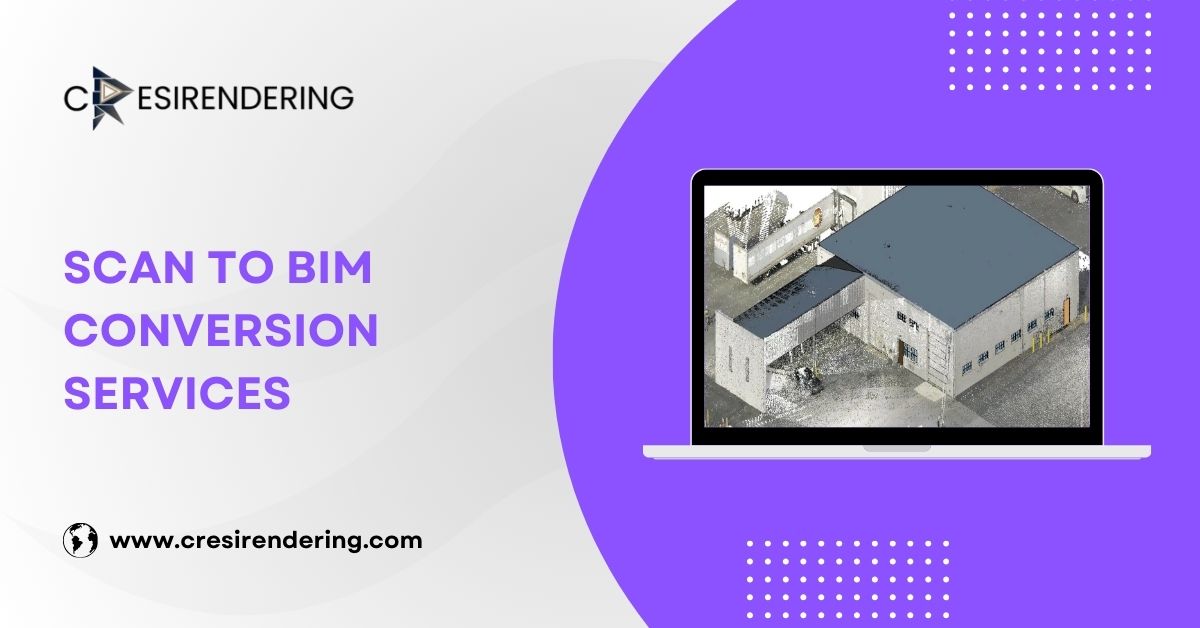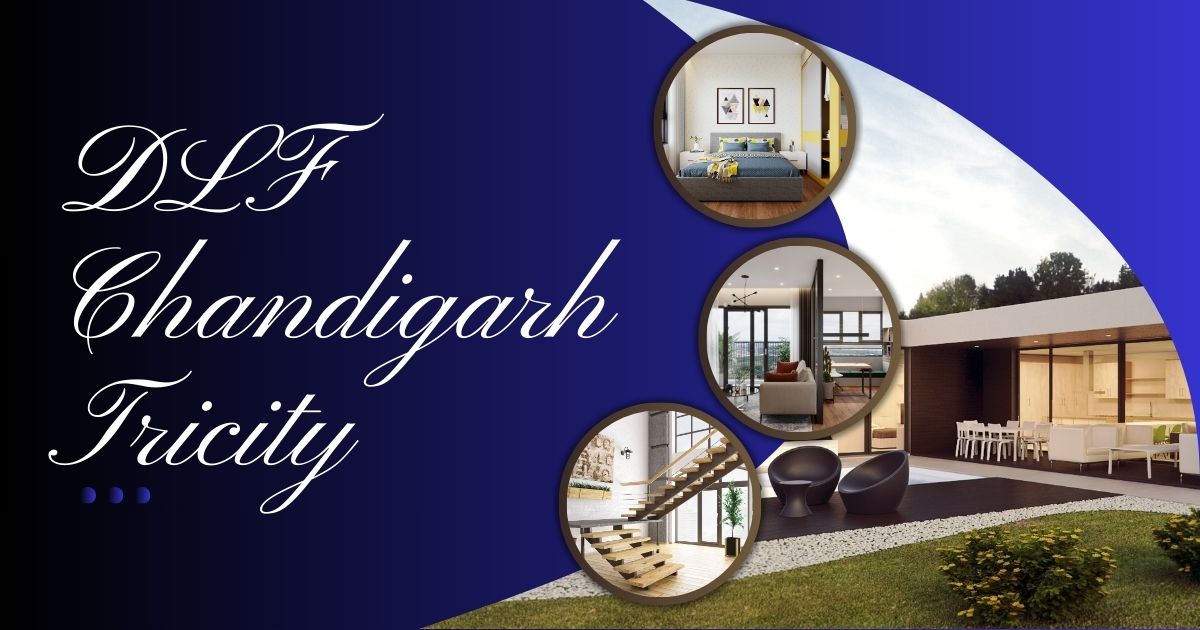In the evolving world of architecture, engineering, and construction (AEC), the integration of technology has become indispensable.
One of the most significant advancements in recent years is the adoption of Scan to BIM (Building Information Modeling) conversion services.
This innovative process not only streamlines workflows but also enhances accuracy, collaboration, and project outcomes.
In this blog post, we’ll delve into the intricacies of Scan to BIM conversion services, their benefits, and how they are revolutionizing the construction industry.
What is Scan to BIM?
Scan to BIM is a process that involves the use of 3D laser scanning technology to capture precise data of existing structures or sites. This data is then converted into a comprehensive and accurate BIM model. The process typically includes the following steps:
- 3D Laser Scanning: High-definition laser scanners are used to capture detailed point cloud data of the physical environment. This data includes millions of points that represent the exact dimensions and spatial relationships of the scanned area.
- Point Cloud Processing: The raw point cloud data is processed and cleaned to remove any noise or irrelevant information. This step ensures that the data is accurate and ready for conversion.
- BIM Model Creation: Using specialized software, the processed point cloud data is converted into a detailed BIM model. This model includes architectural, structural, and MEP (mechanical, electrical, and plumbing) elements, providing a comprehensive digital representation of the physical space.
The Benefits of Scan to BIM Conversion Services
Enhanced Accuracy
One of the primary advantages of Scan to BIM conversion services is the unparalleled accuracy they offer. Traditional measurement methods can be prone to human error, leading to costly mistakes and rework.
In contrast, 3D laser scanning captures precise measurements, ensuring that the resulting BIM model is a true representation of the existing conditions.
Improved Collaboration
BIM models are highly collaborative tools that allow multiple stakeholders to work together seamlessly. With Scan to BIM, architects, engineers, contractors, and clients can access the same accurate data, leading to better communication and coordination.
This collaborative approach helps in identifying and resolving potential issues early in the project lifecycle, reducing delays and costs.
Time and Cost Efficiency
The traditional methods of measuring and documenting existing structures can be time-consuming and labor-intensive.
Scan to BIM significantly reduces the time required for these tasks by automating the data capture and conversion process. This efficiency translates into cost savings for the project, as well as faster project delivery.
Comprehensive Documentation
A BIM model created from scan data offers comprehensive documentation of the existing conditions. This documentation includes detailed information about the geometry, materials, and spatial relationships of the structure.
Such detailed documentation is invaluable for renovation, restoration, and retrofit projects, where accurate as-built information is crucial.
Enhanced Visualization
BIM models provide enhanced visualization capabilities, allowing stakeholders to explore the project in a virtual environment.
This visualization helps in better understanding the design intent, identifying potential clashes, and making informed decisions. It also aids in client presentations, helping them visualize the final outcome more effectively.
Read more: Scan to CAD Conversion Services: 3D Scan into Digital Models
Applications of Scan to BIM Conversion Services
Renovation and Retrofit Projects
Scan to BIM is particularly beneficial for renovation and retrofit projects. Accurate as-built models created from scan data ensure that any modifications or additions are based on reliable information.
This reduces the risk of unforeseen issues during construction and ensures that the new elements integrate seamlessly with the existing structure.
Historical Preservation
Preserving historical buildings requires meticulous documentation of their existing conditions. Scan to BIM provides a non-intrusive method to capture detailed data without damaging the delicate structures.
The resulting BIM models serve as valuable references for restoration work, ensuring that the historical integrity of the building is maintained.
Facility Management
For facility managers, having an accurate and up-to-date BIM model of the building is essential for efficient operations and maintenance.
Scan to BIM services provide comprehensive models that include detailed information about the building’s systems and components. This information aids in proactive maintenance, space planning, and asset management.
Choosing the Right Scan to BIM Service Provider
When considering Scan to BIM conversion services, it’s crucial to choose a reputable and experienced service provider. Here are some factors to consider:
- Expertise and Experience: Look for a provider with a proven track record in Scan to BIM projects. Their experience will ensure that they can handle the complexities of your project and deliver accurate results.
- Technology and Tools: Ensure that the provider uses state-of-the-art 3D laser scanning equipment and BIM software. Advanced technology will ensure the highest level of accuracy and efficiency.
- Quality Assurance: A reliable provider will have robust quality assurance processes in place to ensure that the final BIM model meets the required standards and specifications.
- Client References: Ask for client references and case studies to gauge the provider’s performance on previous projects. Positive feedback from satisfied clients is a good indicator of their reliability and expertise.
Conclusion
Scan to BIM conversion services are transforming the construction industry by providing accurate, efficient, and collaborative solutions for documenting existing conditions.
Whether you’re involved in renovation, historical preservation, or facility management, these services offer significant benefits that can enhance project outcomes and drive success.
As the AEC industry continues to embrace digital transformation, Scan to BIM will undoubtedly play a pivotal role in shaping the future of construction.
Also read: Electrical CAD Drawing Services: Streamlining Your Design




